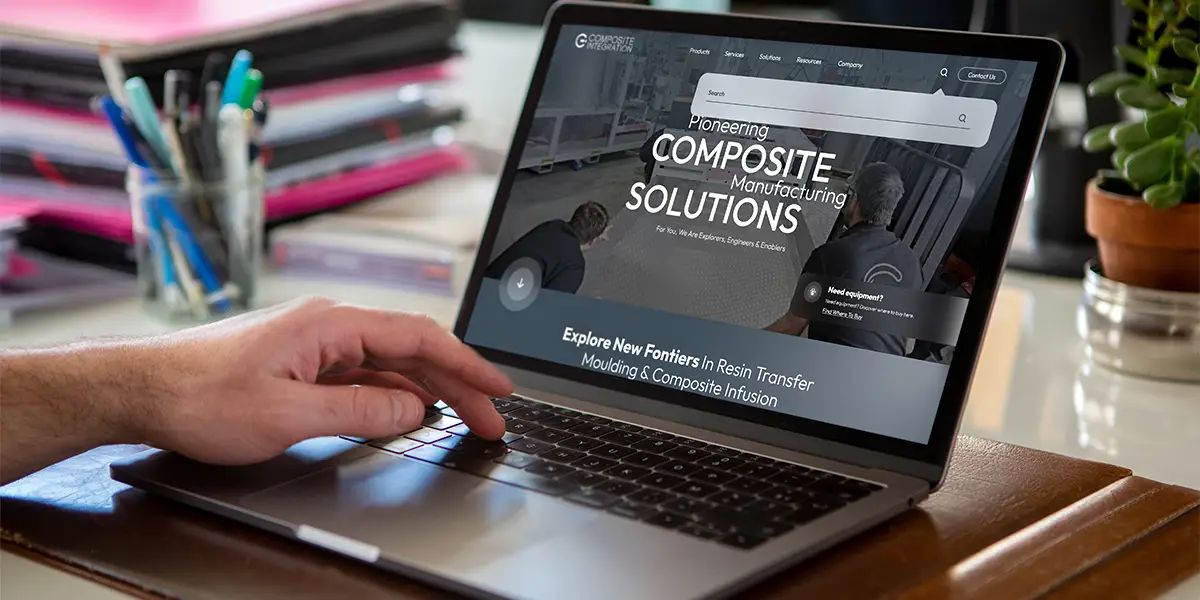In today’s interconnected world, the ability to effortlessly integrate many systems, apps, and services is critical for both businesses and individuals. Composite integration is the process of linking diverse software systems into a unified framework, resulting in faster operations and improved user experiences. However, as we continue to push the limits of what technology can do, a new responsibility emerges: ensuring that this integration is available to all consumers, regardless of ability or technological expertise.
Why Accessibility Matters
Accessible integration ensures that all users can interact with a system in a way that accommodates their needs, be it through screen readers, keyboard navigation, or voice commands. While the technical aspects of integration are important, the true measure of success lies in how user-friendly and inclusive the end product is. Here are some key reasons why accessibility is paramount in composite integration:
1. Improved User Experience for All
Accessible design doesn’t just benefit users with disabilities—it enhances the experience for everyone. When systems are designed to be intuitive and easy to navigate, users across the board can perform tasks more efficiently. Features like clear visual cues, intuitive workflows, and responsive design elements help ensure a smoother and more enjoyable experience.
2. Legal and Regulatory Compliance
Many regions have legal requirements related to digital accessibility, such as the Web Content Accessibility Guidelines (WCAG) globally. By focusing on accessibility in our projects, we ensure that companies we work with avoid legal risks and maintain compliance with these standards, mitigating potential fines or penalties.
3. Wider Audience Reach
Accessible systems can be used by a broader audience, including individuals with disabilities and those who prefer alternative interaction methods. Whether it’s a senior citizen using voice navigation or someone with limited mobility relying on keyboard shortcuts, accessible integration opens up new opportunities for engagement and expands the potential user base.
4. Enhanced Brand Image
Our clients that prioritise accessibility demonstrate a commitment to inclusivity and social responsibility. This can significantly boost a brand’s reputation, showing that it values all users equally and is forward-thinking in its approach to technology. Companies that champion accessibility are often seen as leaders in innovation and customer care.
5. Future-Proofing Technology
Technology is constantly evolving, and systems that are designed with accessibility in mind are more likely to adapt to new trends and user demands. As emerging technologies like AI, AR/VR, and IoT become more prominent, creating flexible, accessible systems ensures that your product can easily integrate these future advancements.
Our Recent Project: Elevating User Experiences Through Accessible Integration
At Composite Integration, our latest project was a game-changer, exemplifying how accessibility and robust integration can work hand-in-hand to deliver outstanding results.
Project Overview
Our client, a leading education platform, needed a solution that integrated multiple third-party applications—including learning management systems (LMS), communication tools, and analytics software—into one cohesive platform. The goal was to create a seamless experience for users across different devices while ensuring that the platform remained fully accessible to individuals with varying levels of technical ability and needs.
To achieve this, our development team focused on:
- Simplified Navigation: We implemented clear navigation paths and shortcut keys, making it easy for users who rely on keyboard access.
- Screen Reader Compatibility: We ensured that all elements were fully labeled for screen readers, allowing visually impaired users to easily interact with the platform.
- Responsive Design: The platform was optimised for use across devices, including desktops, tablets, and smartphones, making it accessible to users regardless of their device preferences.
- Customisable User Interfaces: We included options for adjusting font sizes, contrast levels, and layouts to accommodate users with vision impairments and other accessibility needs.
The result was a platform that provided an unparalleled user experience, meeting the needs of a diverse audience while maintaining technical excellence.
Client Review
Our client shared the following feedback on the project:
“Composite Integration not only delivered a solution that exceeded our expectations but also did so with a deep commitment to accessibility. The platform is intuitive, seamless, and accessible to all of our users, from tech-savvy individuals to those with disabilities. The team’s dedication to ensuring every user has a great experience was truly impressive.”
Explore the Full Project Portfolio
Want to see more of what we can do? Our recent project is just one example of how Composite Integration combines innovative technology with accessibility to create game-changing solutions. To explore more of our work, check out our full portfolio here.
